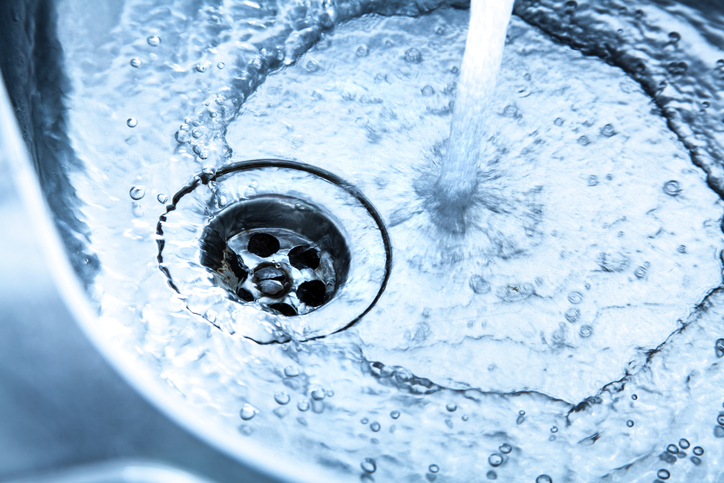
Water damage is one of the more common hazards facing homeowners in the United States.
Even homes located well outside of high-risk flood zones can experience significant losses when a heavy rainstorm hits. With proactive maintenance, you can lower the chances that you’ll be forced to clean up a soppy mess.
Homeowners insurance
Many homeowners are unaware that their homeowner’s policy doesn’t cover all damage caused by flooding. Instead of presuming you are covered in the event of a loss, read your policy thoroughly and ask your agent for clarification if necessary.
As a general rule, water damage coverage includes flooding that originates inside the home (broken pipes, ruptured water heater, cracked washing machine hose) but not in the event of water entering the home from outside. Leaky roofs may or may not be covered depending on the age of your roof and in many cases, failure to keep up with routine maintenance will void your policy. Flooding caused by rising groundwater is rarely covered without an additional policy.
Fix small leaks immediately
Small leaks turn into big leaks. When you find a drip, don’t procrastinate – fix the leak right away.
Replace hoses and appliances
Washing machine hoses should be replaced every 5 years regardless of their condition. Keep a log book and swap out this potential flooding hazard before the rubber gets weak.
Check other water hoses annually for wear and tear. Most kitchen taps, bathroom faucets and toilets are installed with a hose that will eventually need to be replaced. If in doubt, replace it. A $5 hose beats $5,000 in dry rot.
The average lifespan of a hot water heater rarely extends past 10 years. Once your heater is 5 years old it will require an annual revision to check for rust and leaks in the connections.
Insulate pipes
Frozen pipes that burst when the water expands are a major cause of flooding during the winter. Insulate any pipe that is not fully enclosed inside a wall and do not leave your home unheated for extended periods of time during extreme cold. Consider leaving a small drip of water running when temperatures drop below 0 Fahrenheit.
Conduct basement maintenance
- Periodically check basement and foundation walls for fissures and cracks. Repair immediately.
- The cost of waterproofing your basement pales in comparison to the cost of even moderate water damage.
- Routinely test your sump pump and install a battery-powered backup pump in the event of a power outage.
- A water alarm can provide early warning that water is accumulating in your basement.
Conduct exterior maintenance
Take a walk around your home during a heavy rainstorm to see how well your property is graded. If water is flowing towards your home or accumulating you will need to make adjustments to improve drainage.
If you want to know if your insurance covers you adequately for water damage, speak to a qualified agent at John B Wright Insurance.

Leave a Reply